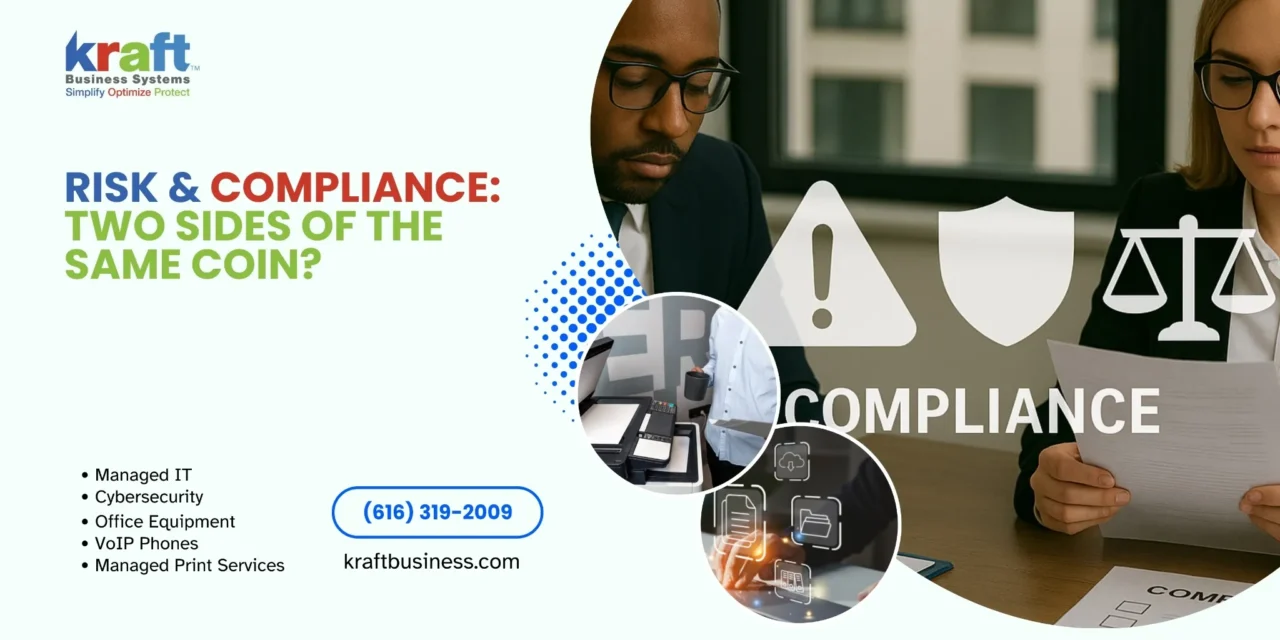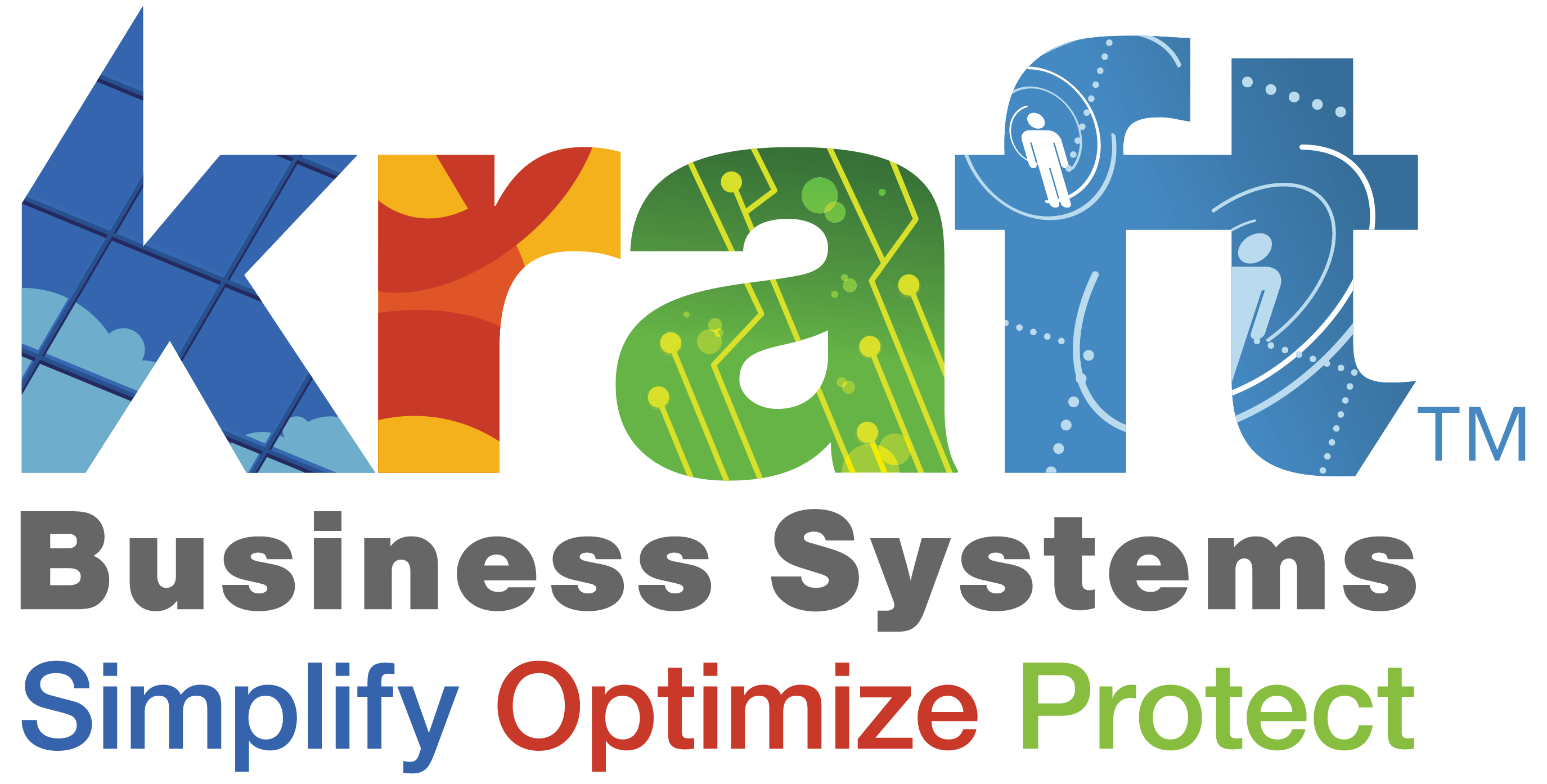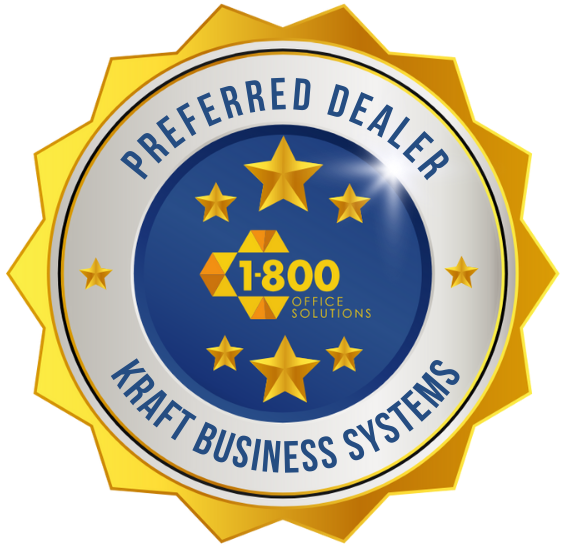Ever feel like you’re trying to solve two puzzles at once? That’s what managing risk management and compliance often feels like for businesses. These two critical functions frequently get lumped together, but they serve distinct purposes while working toward a common goal.
Let’s clear up the confusion with a straightforward comparison:
| Risk Management | Compliance Management |
|---|---|
| Proactive and strategic | Reactive and tactical |
| Identifies and controls all types of business risks | Ensures adherence to laws, regulations, and standards |
| Forward-looking, aiming to predict future threats | Focused on current regulatory requirements |
| Can create business value through opportunity identification | Primarily prevents penalties and reputational damage |
| Organization-wide responsibility | Often housed in dedicated departments |
The business world doesn’t stand still—with approximately 2.4 regulatory changes happening every single day, keeping up can feel like drinking from a firehose. This constant flux puts enormous pressure on organizations trying to balance effective risk management while staying compliant. And the price of getting it wrong? Steep. The average cost of non-compliance has climbed to a whopping $14.82 million, jumping 45% since 2011. Beyond just financial hits, the reputational damage can slash business value by an average of 30%.
Think of risk management and compliance as dance partners—they move differently but must stay in sync. As Richard P. Kusserow wisely noted, “Compliance is prescriptive in nature, and risk management is predictive.” One tells you what you must do, while the other helps you prepare for what might happen.
Many businesses make a critical mistake by keeping these functions in separate corners. This siloed approach creates redundant work, leaves dangerous gaps, and misses chances to gain strategic advantages. The smarter play? Integration—bringing compliance activities and broader risk strategies together under what’s commonly called Governance, Risk, and Compliance (GRC).
For mid-sized businesses with limited resources, this integration isn’t just nice to have—it’s essential. You don’t need two teams working independently; you need one coordinated approach that efficiently addresses both regulatory requirements and business risks.

Looking to learn more about these crucial business functions? Here’s a simple risk management and compliance glossary to get you started:
- GRC audit management
- Open source governance risk and compliance software
- ServiceNow governance risk and compliance
Understanding Risk Management and Compliance
Let’s take a deeper dive into what these two disciplines actually entail and how they work together.
Risk management is the process of identifying, assessing, and controlling threats to an organization’s capital, earnings, and operations. These threats or risks could stem from a wide variety of sources, including financial uncertainty, legal liabilities, strategic management errors, accidents, and natural disasters.
Risk management follows established frameworks like ISO 31000, which provides principles, framework, and processes for managing risk. It’s inherently forward-looking and strategic, asking: “What could go wrong, and how do we prepare for it?”
Compliance management, on the other hand, is the process of making sure your business follows all the external laws, regulations, and standards that apply to your industry, as well as internal policies and procedures. Compliance management often follows frameworks like ISO 37301, which specifies requirements for an effective compliance management system.

When we work with Michigan businesses, we often explain that risk management is proactive and strategic, while compliance management is more reactive and tactical. Risk management helps you prepare for what might happen, while compliance ensures you’re meeting what must happen.
The consequences of neglecting either area can be severe. Operational risks can disrupt your business, while non-compliance can lead to legal penalties. Reputational risks affect customer trust, which we’ve seen impact many Grand Rapids businesses over the years. That’s why at Kraft Business Systems, we recommend an integrated approach through Governance, Risk, and Compliance Platforms.
As Scott Mitchell of OCEG defined it back in 2007, GRC is “the integrated collection of capabilities that enable an organization to reliably achieve objectives, address uncertainty and act with integrity.” This definition highlights how risk and compliance work together toward the same ultimate goals.
Risk Management and Compliance Objectives
While risk management and compliance have different approaches, they share some common objectives:
Risk management focuses on value protection by identifying threats before they materialize, but it also creates opportunities by helping businesses take calculated risks with confidence. When we help clients implement risk management systems, we’re essentially giving them the tools to make better strategic decisions.
Compliance management, meanwhile, ensures your business stays within the legal guardrails by adhering to rules and regulations. But it’s more than just checking boxes—it’s about building an ethical culture where doing the right thing becomes second nature. This foundation of integrity creates sustainable operations that stakeholders can trust.
At Kraft Business Systems, we’ve observed that Michigan businesses often struggle to balance these objectives, especially when departments operate in silos. Our team in Grand Rapids helps organizations align these objectives through integrated technology solutions that support both functions.
Risk Management and Compliance Process Steps
Despite their differences, risk management and compliance follow similar process steps:
Both disciplines start with identification—pinpointing potential threats and vulnerabilities for risk management, while compliance focuses on understanding which laws and regulations apply to your business.
Next comes assessment—evaluating how likely risks are to occur and how much damage they might cause, or determining how well your organization currently follows requirements.
The mitigation phase is where action happens. Risk management implements controls to reduce threats to acceptable levels, while compliance puts policies and procedures in place to ensure you’re following the rules.
Ongoing monitoring is essential for both areas. Controls need to be checked regularly to make sure they’re working, and you need to stay alert for new risks or changing regulations.
Finally, improvement keeps everything moving forward. The business world doesn’t stand still, and neither should your risk and compliance programs. Continuous refinement helps you adapt to evolving threats and regulatory changes.
The key difference lies in the triggers and focus areas—risk management is driven by business objectives and strategic planning, while compliance is driven by external requirements and obligations.
We’ve found that when Michigan businesses integrate these processes instead of treating them separately, they reduce duplication, close security gaps, and gain a competitive advantage through better decision-making. That’s the real power of understanding how risk management and compliance work together.
Deep Dive: How Risk Management and Compliance Work Together
Why Risk & Compliance Programs Are Non-Negotiable
The consequences of neglecting risk management and compliance can be severe and far-reaching. Here’s why these programs have become non-negotiable for businesses of all sizes:

Financial Penalties and Legal Consequences
When compliance failures occur, your wallet feels it first. Regulatory bodies don’t hesitate to impose substantial fines that can shake even the strongest financial foundations. Just look at the numbers from 2022:
Wells Fargo faced a staggering $3.7 billion in fines for misapplied loan payments and surprise fees. U.S. Bank wasn’t far behind with a $37.5 million penalty, while Bank of America got hit with $110 million in penalties. Regions Bank faced an eye-watering $191 million fine in September alone.
And that’s just the beginning. The aftermath often includes costly investigations, lengthy legal proceedings, and expensive remediation efforts that can dwarf the initial fines. Recent data shows that 48% of companies faced regulatory proceedings in 2023, with 41% ranking these among their most worrying litigation concerns.
Reputational Damage and Loss of Trust
Money troubles are just the tip of the iceberg. The reputational fallout from compliance failures or risk events can be devastating and long-lasting. Studies reveal businesses typically experience a 30% loss in value following non-compliance incidents.
This damage spreads like wildfire, eroding customer trust and loyalty, shaking investor confidence, dampening employee morale, and straining partner relationships.
One of our clients in Detroit learned this lesson the hard way. What seemed like a minor compliance oversight spiraled into months of exhausting damage control—all of which could have been avoided with proper risk management and compliance measures in place.
Supply Chain and Operational Disruptions
Non-compliance can create unexpected roadblocks throughout your supply chain:
Unpaid import taxes might leave your shipments gathering dust at international borders. Failing to meet industry standards could disqualify you from valuable partnerships with larger organizations. Environmental violations might force complete operational shutdowns.
For Michigan’s manufacturing businesses, these disruptions create a painful domino effect that impacts not just your company but ripples through your entire supply network. One compliance mistake can bring an entire production line to a grinding halt.
Corporate Governance and Stakeholder Expectations
Modern stakeholders expect more than just legal compliance—they demand excellence in corporate governance:
Boards of directors now require greater visibility into risk and compliance matters. Investors view robust programs as hallmarks of well-managed companies worth their investment. Business partners increasingly include compliance requirements directly in their contracts. Customers, especially in B2B relationships, may audit your compliance practices before signing on the dotted line.
Here at Kraft Business Systems, we’ve helped countless Michigan clients implement effective cybersecurity compliance programs that satisfy these growing stakeholder expectations. Our approach aligns perfectly with our Cybersecurity Compliance: What Your Business Needs to Know guidance.
When you consider the steep financial penalties, reputation damage, operational disruptions, and stakeholder demands, it’s clear that risk management and compliance programs aren’t just nice-to-have initiatives—they’re absolutely essential for business survival and success in today’s complex regulatory environment.
Deep Dive: How Risk Management and Compliance Work Together
Integrating Risk Management and Compliance (GRC Approach)
The most effective way to approach risk management and compliance is through integration. This is where Governance, Risk, and Compliance (GRC) frameworks come into play.

Think of GRC as the conductor that helps all your business instruments play in harmony. It provides a structured approach to aligning your organization’s IT with business objectives while managing risk and meeting compliance requirements.
Several frameworks have emerged as the gold standards in this space. COSO ERM (Enterprise Risk Management) focuses on aligning risk management with strategy and performance – basically making sure your risk planning supports what your business is trying to achieve. The OCEG Principled Performance framework emphasizes integration of governance, risk, and compliance activities into a cohesive system. Meanwhile,ISO Harmonization brings together various standards like ISO 31000 for risk, ISO 37301 for compliance, and ISO 27001 for information security.
When we work with Michigan businesses at Kraft Business Systems, we often find they’re struggling with disconnected approaches. Bringing these frameworks together creates a more holistic view that catches risks that might fall through the cracks of siloed systems.
The Three Lines of Defense Model
A common approach within GRC is the “three lines of defense” model – think of it as your business’s security system with multiple layers of protection:
The first line consists of operational management who own and manage risks and compliance requirements daily. These are your frontline teams making decisions and implementing controls.
The second line includes your risk management and compliance functions that monitor and facilitate. They’re the coaches and referees making sure everyone follows the playbook.
The third line is internal audit, providing independent assurance that everything is working as intended. They’re your reality check.
We’ve helped clients across Grand Rapids, Traverse City, and throughout Michigan implement this model through our technology solutions. One manufacturing client told us they finally felt like everyone was “speaking the same language” about risk after implementing this approach.
Cross-Functional Teams
Effective GRC requires breaking down silos between departments. Cross-functional teams bring together expertise from across your organization – legal and compliance professionals who understand regulatory requirements, risk management specialists who can identify threats, IT and security teams who implement controls, operations staff who understand day-to-day processes, finance folks who track the financial implications, and HR teams who help build the right culture.
At Kraft Business, our consultants work with clients to establish these cross-functional teams and provide the technology infrastructure to support their collaboration. We’ve seen how bringing these diverse perspectives together leads to more robust solutions.
For more information on the platforms that support this work, check out our guide on Governance, Risk, and Compliance Platforms: What You Need to Know.
Overlap & Divergence
While risk management and compliance have distinct focuses, they overlap significantly in practice – like two circles in a Venn diagram with a substantial shared area.
In the overlap zone, you’ll find shared controls and mitigation strategies, common governance structures, overlapping reporting requirements, similar stakeholder communication needs, and often the same technology platforms. This is where integration creates efficiency.
Where they diverge is equally important to understand. Risk management considers risk appetite (how much risk your organization is willing to accept), while compliance often has binary thresholds – you’re either compliant or you’re not. Risk management can be applied to any type of risk, while compliance focuses specifically on regulatory and legal requirements. Perhaps most importantly, risk management can create value through opportunity identification, while compliance primarily focuses on preventing losses.
Understanding these relationships helps Michigan businesses design more efficient programs that address both needs without wasteful duplication.
Third-Party & Supply-Chain Focus
A critical area for both risk management and compliance is third-party relationships and supply chain management. This is especially true for Michigan businesses operating in manufacturing and automotive sectors with complex supply networks.
Thorough vendor due diligence before entering relationships with suppliers and partners is essential – we’ve seen too many companies learn this lesson the hard way. Implementing strong contractual clauses that address both risk and compliance requirements provides legal protection. Continuous monitoring of third-party relationships helps catch issues before they become crises, and comprehensive incident response plans ensure you’re prepared if a third-party experiences a breach or compliance failure.
Our team at Kraft Business Systems helps clients implement technology solutions that automate and streamline third-party risk and compliance management. For more comprehensive solutions, explore our Governance, Risk, and Compliance (GRC) Software: A Complete Guide to see how the right tools can transform your approach.
Deep Dive: How Risk Management and Compliance Work Together
Best Practices & Technology Toolkit
Implementing effective risk management and compliance programs requires both sound practices and the right technology tools. Here are the best practices we recommend to our clients across Michigan:

Continuous Regulatory Monitoring
With regulatory changes happening 2.4 times daily (yes, you read that right!), staying current feels like drinking from a firehose. Michigan businesses need systems that don’t just track these changes, but also assess their impact on operations.
At Kraft Business Systems, we’ve seen clients transform their approach by implementing tools that automatically flag relevant regulatory updates. The key isn’t just knowing about changes—it’s understanding what they mean for your business and communicating them effectively to everyone affected. One manufacturing client in Grand Rapids reduced their compliance-related firefighting by 70% simply by implementing a proper monitoring system.
Measurable KPIs and KRIs
You can’t improve what you don’t measure. Effective risk management and compliance programs use concrete metrics that tell the real story:
Your KPIs (Key Performance Indicators) might track the number of compliance violations, how quickly issues get fixed, or training completion rates. Meanwhile, your KRIs (Key Risk Indicators) serve as early warning signs—tracking near-misses, control failures, or external events that could spell trouble.
These aren’t just numbers for reports. They’re powerful tools that help Michigan businesses make data-driven decisions about where to focus their limited resources.
Culture and Training
A compliance checklist without a supporting culture is like Michigan roads without salt in winter—a disaster waiting to happen. Building this culture starts at the top with clear leadership messaging, but it thrives through consistent training and open communication.
We’ve found that organizations with strong risk management and compliance cultures share some common traits: they celebrate good compliance behavior, apply appropriate consequences for violations, and make it safe for employees to speak up about concerns.
As Richard P. Kusserow wisely noted, “Not recognizing the difference [between risk and compliance] is a big mistake.” Effective training clarifies these distinctions while showing how they work together to protect the business.
Board Oversight and Governance
Proper governance isn’t just a nice-to-have—it’s essential. This means regular board reporting that doesn’t sugar-coat problems, crystal-clear accountability at the executive level, and documented risk appetite statements that set boundaries everyone understands.
One healthcare client in Traverse City transformed their board meetings from rubber-stamp exercises into meaningful discussions by implementing a simple but effective risk management and compliance dashboard that highlighted key issues in plain language.
Automation and Analytics
Let’s be honest—nobody went into business dreaming about compliance paperwork. That’s where technology becomes your best friend:
Automation takes the drudgery out of policy management, attestations, and reporting. We’ve seen clients reclaim hundreds of hours annually by automating routine tasks.
Analytics help you spot patterns and predict issues before they become problems. One financial services client in Detroit identified a compliance gap pattern that would have resulted in significant fines if left unchecked.
Cloud-based GRC platforms give your team access to critical information wherever they work—increasingly important in our hybrid work world.
AI and machine learning can spot anomalies faster than human reviewers, freeing your team to focus on judgment-based work that actually requires human intelligence.
For deeper insights on technology solutions, check out our guides on GRC Audit Software: Streamline Your Compliance Process and Information Security Compliance Tools.
Step-by-Step Compliance Risk Process
Building an effective compliance risk management process doesn’t have to be overwhelming. Break it down into manageable steps:
First, create a comprehensive obligation inventory—think of it as your compliance grocery list. What regulations apply to your business? What contractual obligations do you have?
Next, conduct a thoughtful risk assessment that considers both the likelihood of non-compliance and its potential impact. Not all compliance risks are created equal, and your resources shouldn’t be spread evenly across them.
Then, map your controls to specific obligations. This control mapping ensures you’re not leaving any regulatory requirements uncovered or duplicating efforts unnecessarily.
Regular testing and reporting keeps everyone honest. Think of it as a health check-up for your compliance program—identifying issues while they’re still small and fixable.
Finally, develop solid incident response processes. Even the best programs occasionally fail, and how you respond can make all the difference between a minor hiccup and a major crisis.
Overcoming Common Challenges
Every Michigan business we work with faces obstacles when implementing risk management and compliance programs. Here are practical ways to overcome the most common challenges:
When resource constraints limit what you can do, focus on high-risk areas first and leverage automation. Sometimes, managed services can provide specialized expertise more cost-effectively than building it in-house.
Data silos create blind spots and duplication. Integrated GRC platforms serve as a single source of truth, breaking down those barriers between departments.
Cultural resistance often stems from seeing compliance as just a cost center. The antidote? Emphasize the business value—like avoiding penalties, protecting reputation, and creating customer trust.
Remote work has added new wrinkles to compliance management. Cloud-based solutions ensure consistent risk management regardless of where your team works—from downtown Grand Rapids to a cottage in the UP.
Evolving ESG requirements (Environmental, Social, and Governance) don’t have to be yet another compliance burden. Smart businesses incorporate these considerations into existing frameworks rather than creating separate processes.
For organizations facing these challenges, our team at Kraft Business Systems provides Cybersecurity and Risk Management Services that turn these roadblocks into stepping stones for better business performance.
Deep Dive: How Risk Management and Compliance Work Together
Frequently Asked Questions about Risk Management and Compliance
What is the main difference between risk management and compliance?
Think of risk management and compliance as cousins in the same family—related but with distinct personalities.
Risk management takes the proactive, forward-thinking role in your business. It’s always scanning the horizon, asking “what could go wrong?” and “how can we prepare?” It covers everything from market shifts to natural disasters, aiming to both protect your existing value and create new opportunities through calculated risk-taking.
Compliance, meanwhile, is more focused and rule-oriented. It ensures your business follows all relevant laws, regulations, and standards. While risk management might suggest taking a calculated risk, compliance draws clear boundaries you simply shouldn’t cross.
As one of our clients in Traverse City wisely noted, “We thought compliance covered all our risks until we realized it was just one piece of the puzzle.” That’s because compliance risk management is actually just one subset of your overall risk management strategy—not the whole picture.
How often should a compliance risk assessment be performed?
If you’re wondering about the right schedule for compliance risk assessments, think of them like health check-ups—the frequency depends on your specific situation.
At a minimum, conduct a thorough assessment once a year. This gives you a regular snapshot of your compliance health and helps identify any developing issues before they become problems.
However, certain business events should trigger additional assessments:
- When you expand into new markets or launch new products
- After significant regulatory changes in your industry
- Following mergers, acquisitions, or major company restructuring
- After experiencing compliance failures or close calls
For our clients in highly regulated industries like healthcare around Grand Rapids or financial services in Detroit, we typically recommend quarterly reviews. Less regulated businesses might be fine with annual assessments plus event-triggered reviews.
How can automation reduce the cost of risk & compliance programs?
Imagine spending hours manually checking spreadsheets for compliance issues versus having a system that flags problems automatically. That’s the difference automation makes—and it directly affects your bottom line.
Here’s how the right technology cuts costs:
Automation eliminates the “enter it twice” problem by creating a single source of truth. The information entered once works for multiple purposes across your risk management and compliance programs.
It also frees your team from tedious tasks like sending policy reminders or collecting attestations. One manufacturing client in Kalamazoo told us, “We got back nearly 20 hours per week after automating our compliance workflows.”
Humans make mistakes; computers following well-designed processes typically don’t. This improved accuracy means fewer costly errors and less rework.
With automated monitoring, you’ll catch issues when they’re small and manageable rather than after they’ve grown into expensive problems. And the data you collect helps focus your resources where they’ll have the biggest impact on reducing risk.
At Kraft Business Systems, we’ve helped dozens of Michigan businesses implement smart automation solutions that make their compliance efforts more efficient and less costly. The right technology doesn’t just save money—it makes your entire risk and compliance program more effective.
Deep Dive: How Risk Management and Compliance Work Together
Conclusion
Risk management and compliance are truly two sides of the same coin—distinct yet inseparable components of effective organizational governance. While they approach business protection from different angles, they share the common goal of safeguarding and enhancing your company’s value.
The businesses that really thrive don’t treat these functions as separate checkboxes. Instead, they weave them together into a single, cohesive strategy that makes sense for their unique needs. This holistic approach typically includes:
A unified governance structure where everyone knows who’s responsible for what. No more finger-pointing or confusion when issues arise—just clear accountability and ownership.
Technology platforms that serve as a “single source of truth” across the organization. When your compliance team and risk managers are looking at the same data, they make better decisions together.
Teams that actually talk to each other! Breaking down departmental silos allows your legal experts, IT professionals, and operations leaders to share insights and solve problems collaboratively.
Consistent processes that address both risk and compliance requirements without duplicating efforts. Why have two separate workflows when one comprehensive approach will do?
Leadership that genuinely believes in and demonstrates commitment to both risk management and compliance. When executives walk the talk, employees follow suit.
For Michigan businesses facing increasingly complex regulations and emerging risks, this integrated approach isn’t just nice to have—it’s essential for staying competitive and resilient.
Here at Kraft Business Systems, we’ve worked with organizations across Grand Rapids, Detroit, Traverse City, and throughout Michigan. Our team understands the unique challenges you face, from industry-specific regulations to regional business concerns. We help align your risk and compliance strategies with your broader business goals, using smart technology solutions that make these processes more efficient and effective.
By treating risk management and compliance as complementary partners rather than distant cousins, your organization can do more than just avoid problems—you can create strategic advantages that fuel sustainable growth and success.
Ready to build a more integrated approach? Explore our managed cybersecurity services or reach out to our friendly team of experts. We’d love to show you how a smarter approach to risk and compliance can transform your business.






